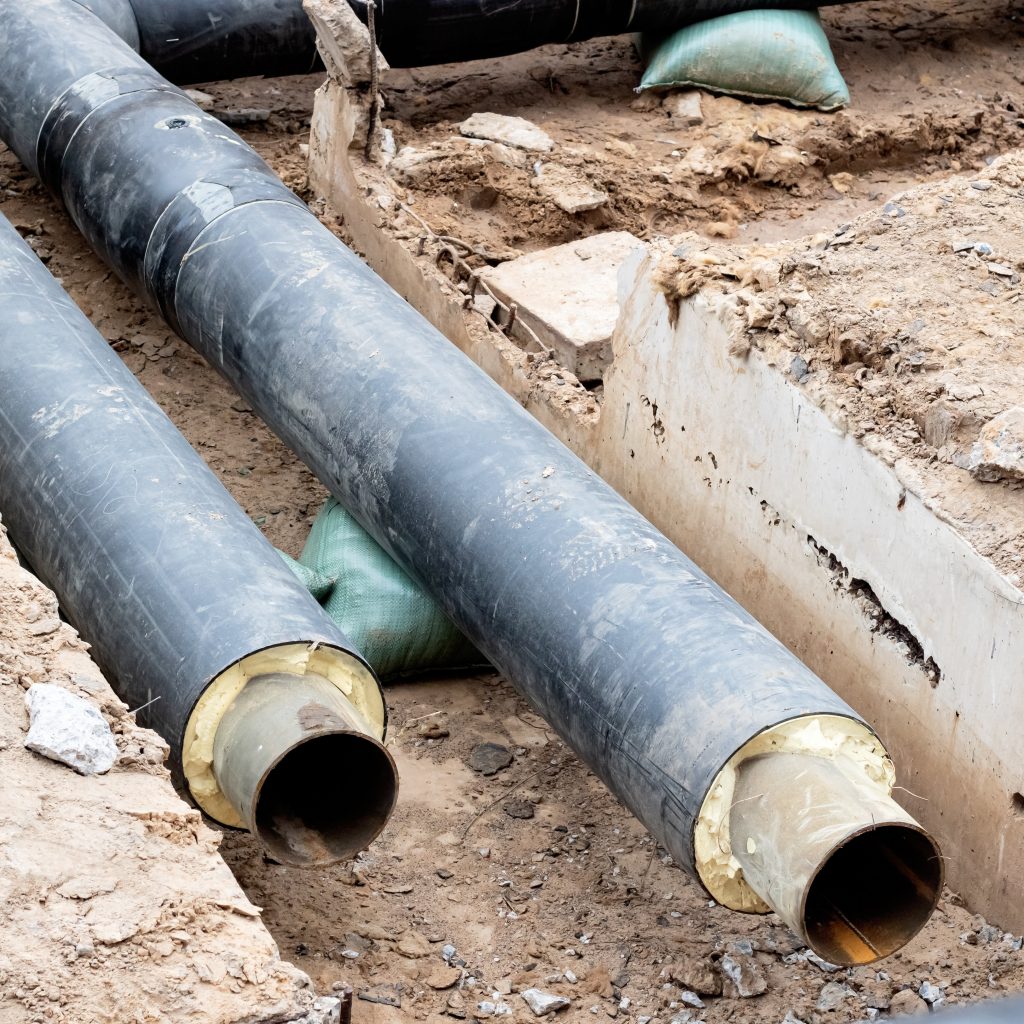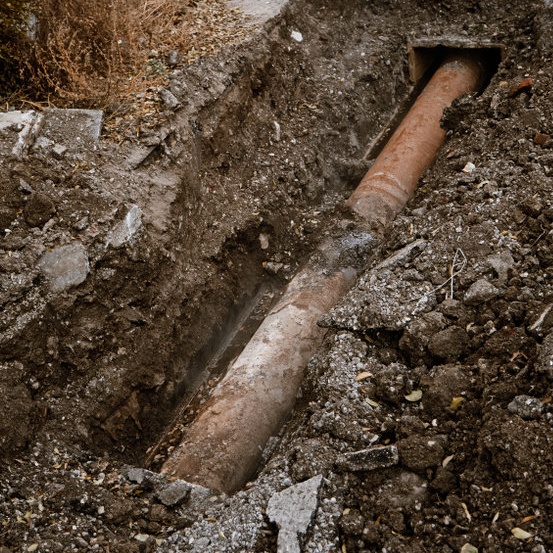
How do you reline a sewer pipe?
New, but not brand new for the plumbing industry is sewer relining. What is sewer relining? Sewer relining process is a way for plumbers to repair or replaced backed up, cracked, damaged, and leaking sewer lines.
Sewer relining is less invasive than the ‘old school’ method that involved heavy equipment and trenching the lawn, a result that homeowners dreaded. At the end of the job, what homeowners will be two small holes in the lawn with renewed existing sewer pipes that will give the decades of problem free plumbing.
For many situations, pipe relining is the perfect alternative compared to replacing sewer pipes. Your plumbing contractor will offer one or more of the following four methods of sewer relining, each will rehabilitate the pipe’s interior instead of a total replacement job.
- CURED-IN PLACE: This method of sewer relining is done by the contractor remotely line the damaged section of the sewer pipe without any trench digging. Once the interior of the sewer pipe is clean and dry, the contractor applies the lining to the problem area and leaves it to cure in place using hot steam jetted into the pipe. This hot jetting molds the lining into all crack and damaged area inside the sewer pipe.
- PULL-IN PLACE: This is considered to be the best sewer relining method for pipes with larger cracks and gaps. The repair material is installed into the pipe with a steam like heat that pulls the epoxy-saturated liner into the area of the sewer pipe that needs repair. The plumbing contractor creates two access holes. One is used to feed the sewer relining material to the desired location and the other hole is where it is pulled through until it reaches the needed area. The plumber then injects air into the sewer pipe that opens the epoxy sleeve and holds it in place against the inner walls until has dried.
- PIPE BURSTING: For sewer pipes that are extensively damaged and needs total replacement, pipe bursting method is used. The plumbing contractor requires physical access to the pipe to start the repair process. This method of sewer relining required space two 4 foot square access pits at each end of the sewer pipeline. A bursting head is placed at one access point and hydraulic power then drags the head through the sewer pipe. As the head makes its way through the sewer line system, it breaks the old pipe apart and the new seamless pipe is pulled behind it. The new sewer pipe is a plastic material that is impervious to tree root intrusion for 100 years or longer.
- INTERNAL PIPE COATING: Professional plumbers choose the internal sewer pipe coating to repair an existing leaking sewer pipe when that leak is surrounding the soil around it. The area must be prepped by completely draining the pipes to remove any water. Then a thick epoxy coating is sprayed on the sewer pipe interior that permanently seals any cracks and leaks throughout the sewer pipeline.
How does trenchless sewer line repair work?
Trenchless sewer relining is a repair done by soaking a pipe liner that is made from either felt or fiberglass in an epoxy resin. It is then threaded through the existing damaged sewer pipe. The liner is then inflated, pressed up against the original “host” pipe. The plumber then lets that sit for 24 hours to cure.
How does sewer relining work?
This sewer relining is a trenchless process that doesn’t require the plumber to excavate the lawn, destroy the driveway or sidewalk, or dig up trees. Sewer relining entails inserting a new sewer pipe that is epoxy-saturated tube into the existing sewer pipe. The tube is then inflated and allowed to cure in place with either bluelight LED technology, hot air, or steam.
How long does sewer relining last?
The warranty for this sewer relining process is typically for 50 years. However, it is estimated that the lining could last up to 100 years, which is double the pipeline’s lifespan.

Is pipe relining worth it?
As a homeowner, if you’re facing sewer relining vs replacement, the sewer relining process is up to 75% less expensive than replacing the sewer line. In addition to the financial savings there, it being a non-invasive with your lawn, driveway, and sidewalks, there is no reconstruction expenses after the plumber leaves.
If you suspect you have sewer line issues, do an internet search for “plumbers that offer sewer relining near me”, because not every plumber has trained or has the equipment to do this type of work. Get a couple of estimates and compare them before choosing one, and as always, ask for recent references then follow up with those references. Call (310) 454-2010 today fo your pipe relining needs in West Los Angeles, CA.


